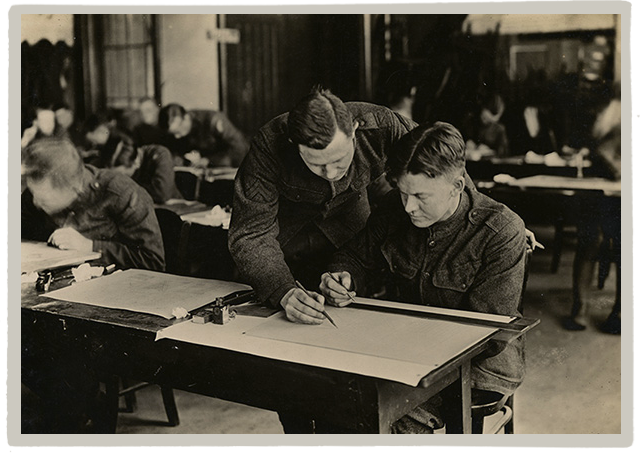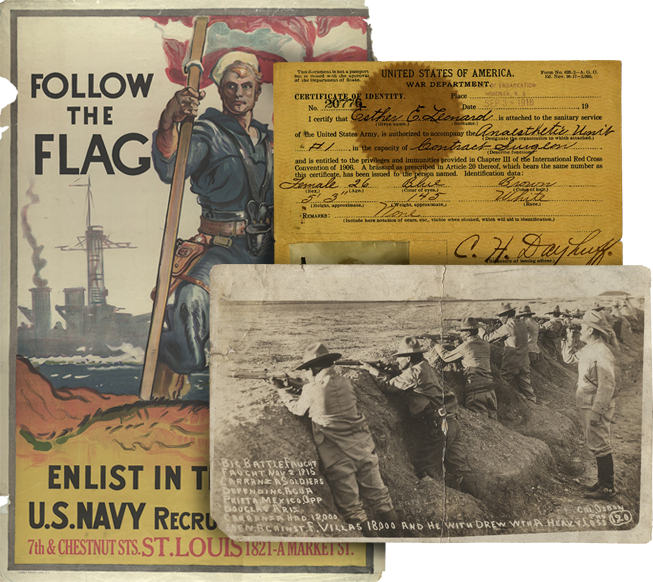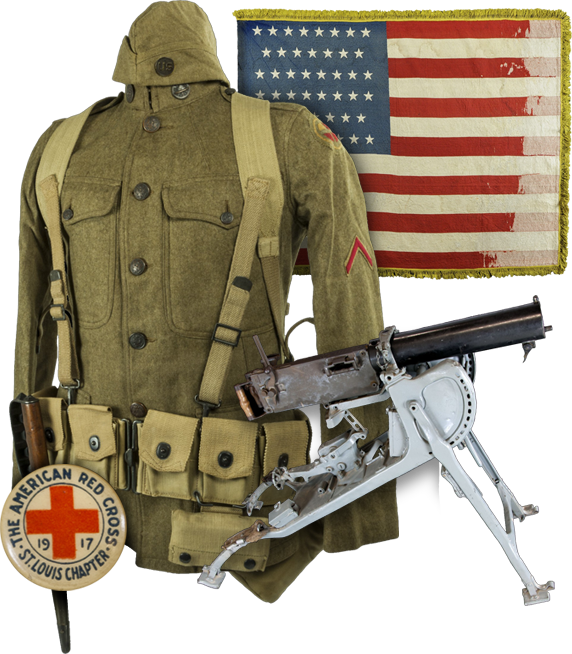Articles
Missouri Horses and Mules
Written by Michael Price
Although rapid technological innovations in the early twentieth century revolutionized warfare, World War I armies still relied heavily on horses and mules for transporting equipment. A seemingly insatiable demand for livestock by the Allied armies made the sale of horses and mules one of Missouri’s greatest contributions to the war effort. In fact, the large supply of farm stock in America proved to be a crucial advantage for the Allies. In 1914, Germany had 4 million horses and mules. England and France together could only muster 6 million, but America had 25 million. 1 Despite the availability of trucks, there were several reasons why commanders still depended on animal power to move men and equipment in World War I. Trucks became less reliable the closer they got to the front. T… Continue Reading
Son of the Midwest
Written by Steven Watts
Walt Disney, whose working-class parents struggled to make a living, spent much of his boyhood on the move. He was born on December 5, 1901, in Chicago, Illinois. His first name honored the preacher of the local Congregational church, of which his parents were devoted members, while his middle name, Elias, came from his father, a carpenter and occasional lay preacher. Only a handful of photographs have survived from his infancy, but one depicts the nine-month-old Walt seated on a wicker fan-back chair in a frilly white baby gown and slippers, looking curiously out at the camera. His older brother Roy remembered pushing him along the street in a baby carriage and buying him small toys with his odd-job earnings. Elias Disney worked as a small-time contractor, building houses throughout the… Continue Reading
The Coming of the War
Written by Michael S. Neiberg
What we now call the First World War might well have been known to history as the Third Balkan War. The assassination of Archduke Franz Ferdinand in Sarajevo on June 28, 1914 by a young Serbian patriot struck most Europeans in 1914 as a Balkan problem that hardly touched their lives. In the summer of 1914 few Europeans foresaw a war and fewer still wanted one. The vast majority of them expected that the assassination of the archduke would soon pass as had so many previous crises in Europe. This feeling of security changed on July 23, 1914. On that day, Austria-Hungary issued an ultimatum to Serbia, whose leaders they believed had been behind the assassination plot. The ultimatum demanded that Serbia meet a series of conditions within 48 hours or Austria-Hungary would announce that a state… Continue Reading






